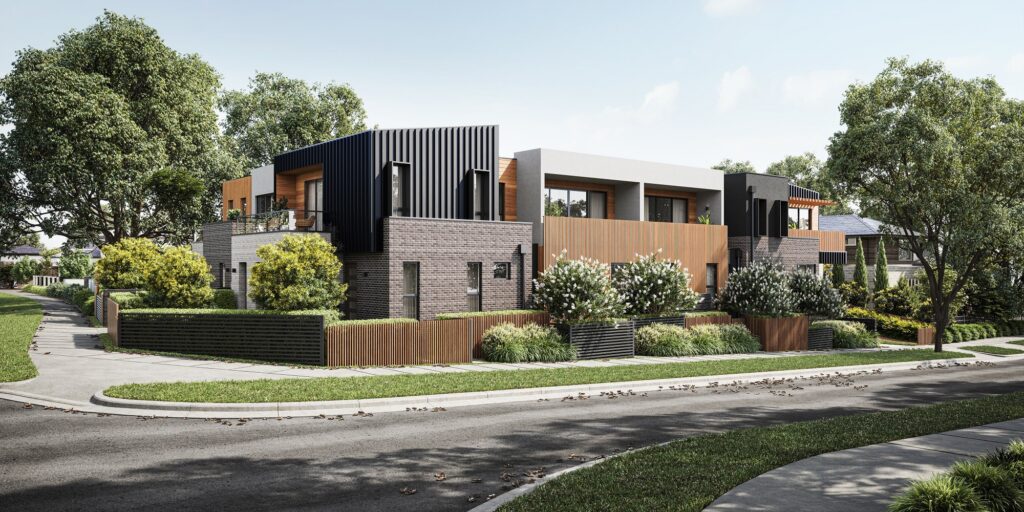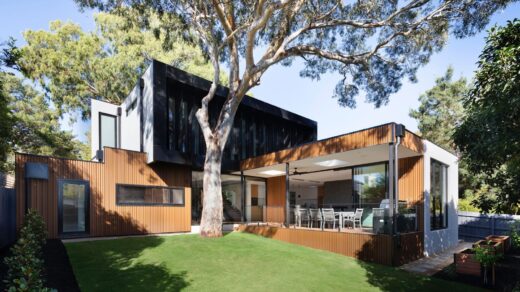Exploring Regional vs. Urban Real Estate in Australia: What’s the Best Investment for You?
Australia’s real estate market is as diverse as its landscapes, offering a range of opportunities depending on whether you’re drawn to the bustling vibrancy of urban centers or the serene charm of regional areas. Understanding the key differences between regional and urban real estate is crucial for making an informed investment decision. Here’s a comprehensive look at what sets these two types of properties apart and what factors you should consider.
Urban Real Estate: The Pulse of City Life
1. Market Dynamics:
Urban areas, like Sydney, Melbourne, and Brisbane, are characterized by their high population density and fast-paced lifestyle. The real estate market in these cities is typically more liquid, meaning properties tend to sell faster and often appreciate in value more quickly due to strong demand and limited supply.
2. Investment Potential:
Cities offer high rental yields and significant capital growth potential. The constant influx of new residents, coupled with job opportunities and amenities, ensures a steady demand for rental properties. However, the initial investment is usually higher, with property prices reflecting the premium location.
3. Lifestyle and Amenities:
Living in an urban area means access to world-class amenities including dining, entertainment, healthcare, and education. Urban properties are often close to public transport, which can be a significant advantage for tenants and homeowners who rely on commuting.
4. Challenges:
Urban real estate isn’t without its challenges. High property prices can be a barrier for first-time investors. Additionally, the dense population can lead to increased competition and potential for rental vacancies if demand fluctuates.
Regional Real Estate: Embracing the Great Outdoors
1. Market Dynamics:
Regional areas, such as the Gold Coast, Hobart, and Toowoomba, offer a more relaxed lifestyle compared to bustling cities. The real estate market in these areas can be less volatile, with properties generally being more affordable and offering larger land sizes.
2. Investment Potential:
Regional properties often present a lower entry cost for investors. With the rise of remote work and a desire for more space, regional areas have become increasingly attractive. While rental yields might be lower compared to cities, the cost of acquisition is also significantly reduced, which can balance out the overall investment.

3. Lifestyle and Amenities:
Regional living offers a quieter, more community-focused lifestyle. These areas often provide a closer connection to nature, with access to parks, beaches, and outdoor activities. The slower pace of life can be appealing to families and retirees looking for a change from urban hustle.
4. Challenges:
Investing in regional real estate can come with its own set of challenges. Regional markets can be less dynamic, with slower capital growth compared to urban areas. Additionally, infrastructure and amenities may not be as developed, which could impact the desirability of properties.
Making the Right Choice
When deciding between regional and urban real estate, consider the following factors:
Investment Goals: Are you looking for high returns with a faster turnaround, or is long-term stability and affordability more important?
Lifestyle Preferences: Do you prefer the hustle and bustle of city life, or are you drawn to the tranquility of regional living?
Budget: What can you realistically afford? Factor in not just the purchase price, but also ongoing costs and potential rental income.
Both regional and urban real estate in Australia offer unique benefits and challenges. Urban areas provide high potential for capital growth and rental yield, while regional properties offer affordability and a more relaxed lifestyle. By carefully evaluating your investment goals, lifestyle preferences, and budget, you can make an informed decision that aligns with your objectives and helps you achieve your real estate dreams. Whether you choose the vibrant cityscape or the scenic countryside, Australia’s real estate market has something to offer for every investor.






